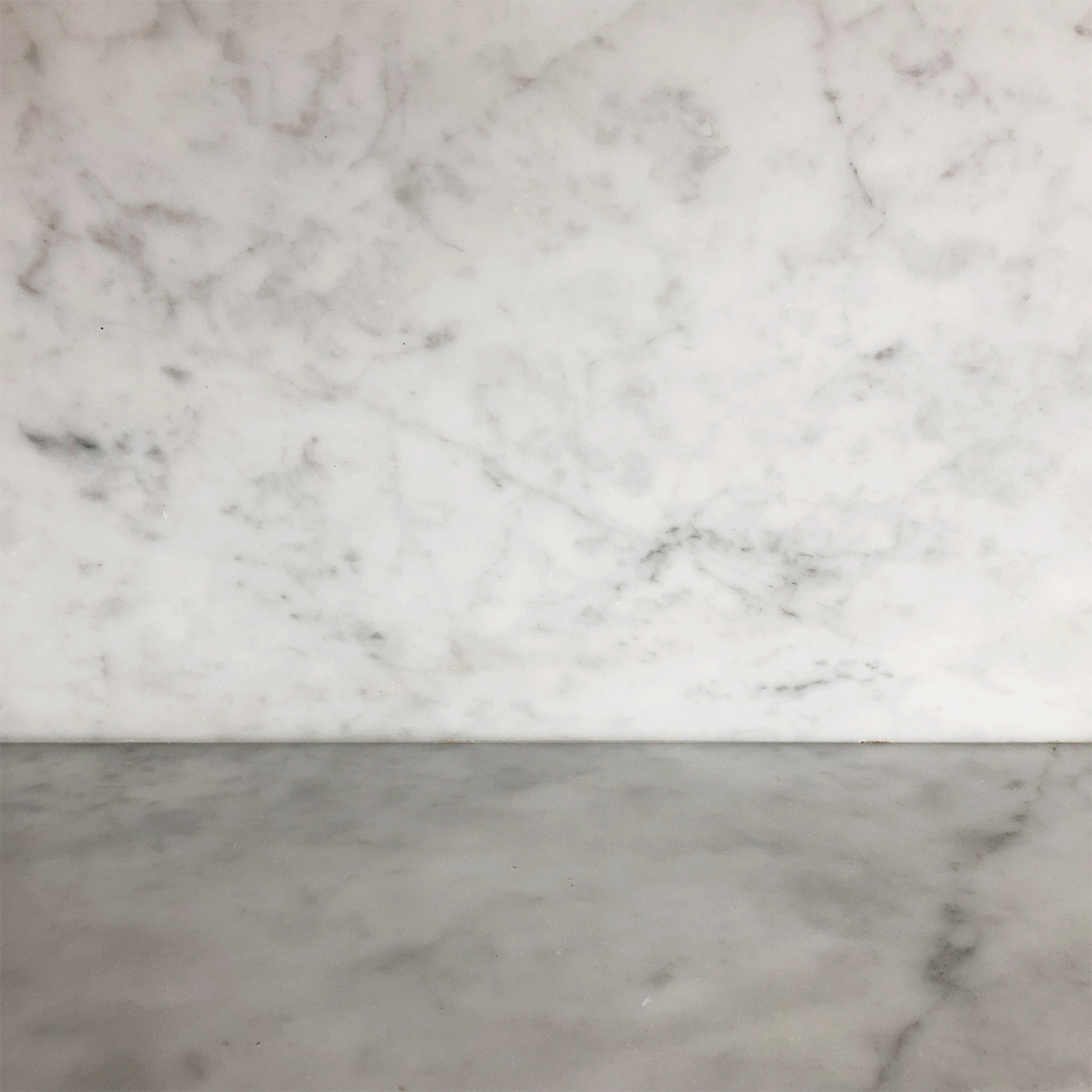Dubonnet came into being in 1846 after a competition was held by the Frenchgovernment with a prize for anyone who could make a palatable quinine-rich drink. The French colonists in North Africa were suffering greatly from malaria and the only known cure was the incredibly bitter bark from the South American cinchona tree. The goal was to create a drink with enough of the quinine to help the French combat malaria but still be enjoyable enough to be used voluntarily.
Joseph Dubonnet created his Dubonnet by mixing Roussillon wines from five different grapes, blending them with herbs and spices like cocoa beans, colombo (a mild type of curry powder), orange peel, Colombian green coffee, cinnamon, camomille and elderflower. He then left it to mature in oak vats for three to four years.
One part of the success of Dubonnet is most certainly their marketing. In 1932 they hired the great designer and illustrator A. M. Cassandre who created the Dubonnet Man with a Bowler hat/Derby hat and a text reading Dubo, Dubon, Dubonnet.
The Dubonnet Cocktail first appeared in print around 1914 in a book simply called Drinks by Jacques Straub but no one knows who first created it.
In Harry Craddock’s The Savoy Cocktail Book from 1930 the same cocktail appears under a different name, the Zaza Cocktail. The name Zaza was taken from a popular French play written by playwrights Pierre Berton and Charles Simon, and first staged at the Théâtre du Vaudeville in Paris in 1889. The play about a married man having an affair with an actress was translated into English and went on to become a huge success on Broadway and lent its name to a cocktail.
To complicate matters even further you can also find the same cocktail by the name The Queen’s Cocktail owing to the fact that it was the late Queen Elizabeth’s favorite cocktail. She is said to have had one every day before lunch, albeit made with two parts Dubonnetto one part gin instead of the original equal parts.
The silver beaker was designed in 1938 by the Swedish Prince Sigvard Bernadotte and is called Beaker 819B.





































































































